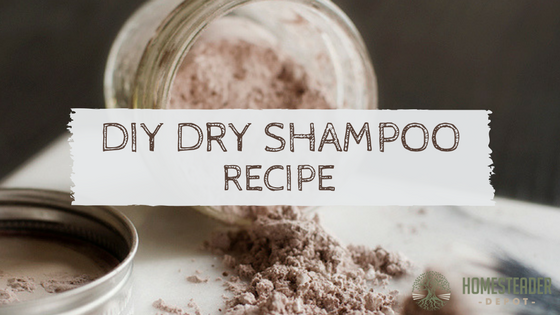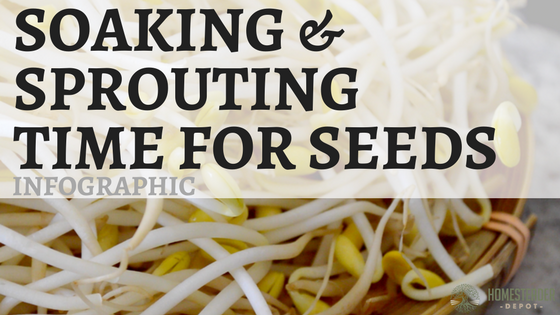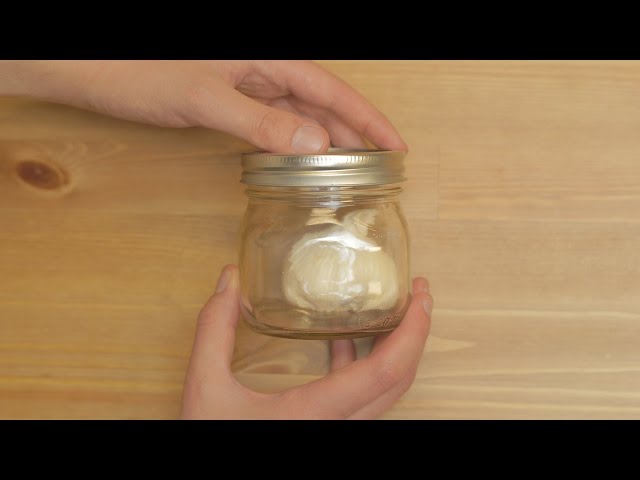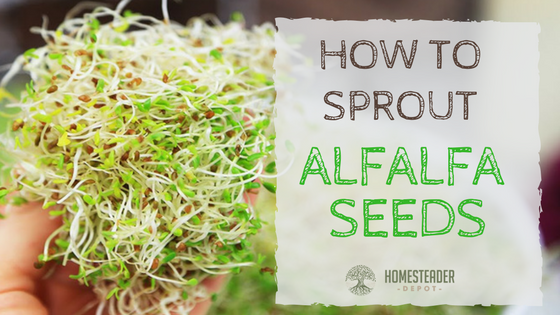DIY Dry Shampoo
Last week I wrote an extensive post about how to wash your hair using the “no-poo” method, and one method I mentioned was using homemade dry shampoo. This is a method of freshening up your hair that can go in conjunction with regular washing, or the no-poo method. You probably won’t want to use it … Read more








